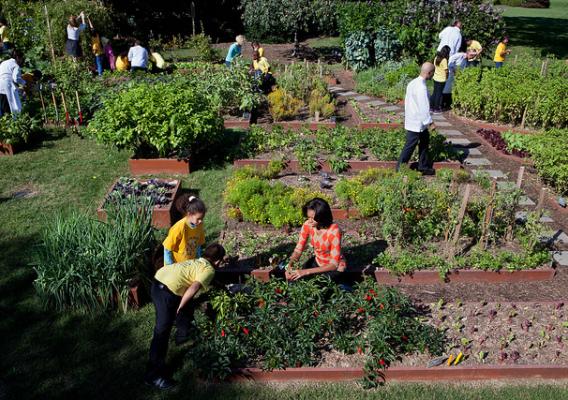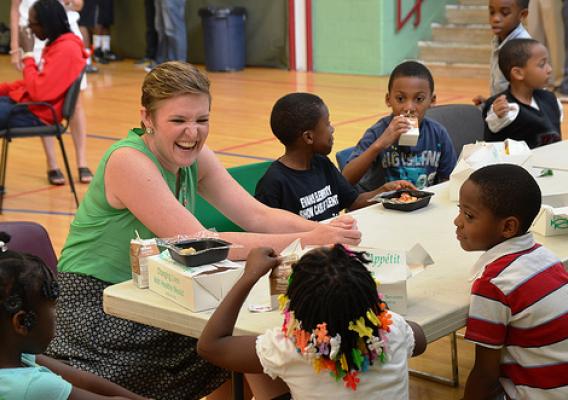Last week, President and Mrs. Obama hosted France’s President, Francois Hollande for a State Dinner on the South Lawn of the White House. State Dinners are a way to celebrate U.S. relations with international friends and allies. Past dinners at the White House during the Obama Administration have hosted visiting heads of state from nations including India, Mexico, China, Germany, and Great Britain. In many ways, these events are an opportunity to demonstrate and celebrate for invited guests and the world, the cultural and culinary heritages of our country.
The State Dinner last week was an excellent example, highlighting the diversity of American agricultural and rural products that our nation has to offer. The dinner celebrated the “best of American cuisine” and featured dry-aged rib eye beef from Colorado, trout from Maine, cheese from Vermont, chocolate from Hawaii, and potatoes from New York, Idaho, and California. The wines served at the dinner included excellent selections featuring California, Washington State, and Virginia offerings. However, beyond the menu itself an equally impressive feature was the visible presence of American cut flowers that decorated and added a stunning visual touch for guests at the White House. The floral arrangements displayed at the dinner included:







